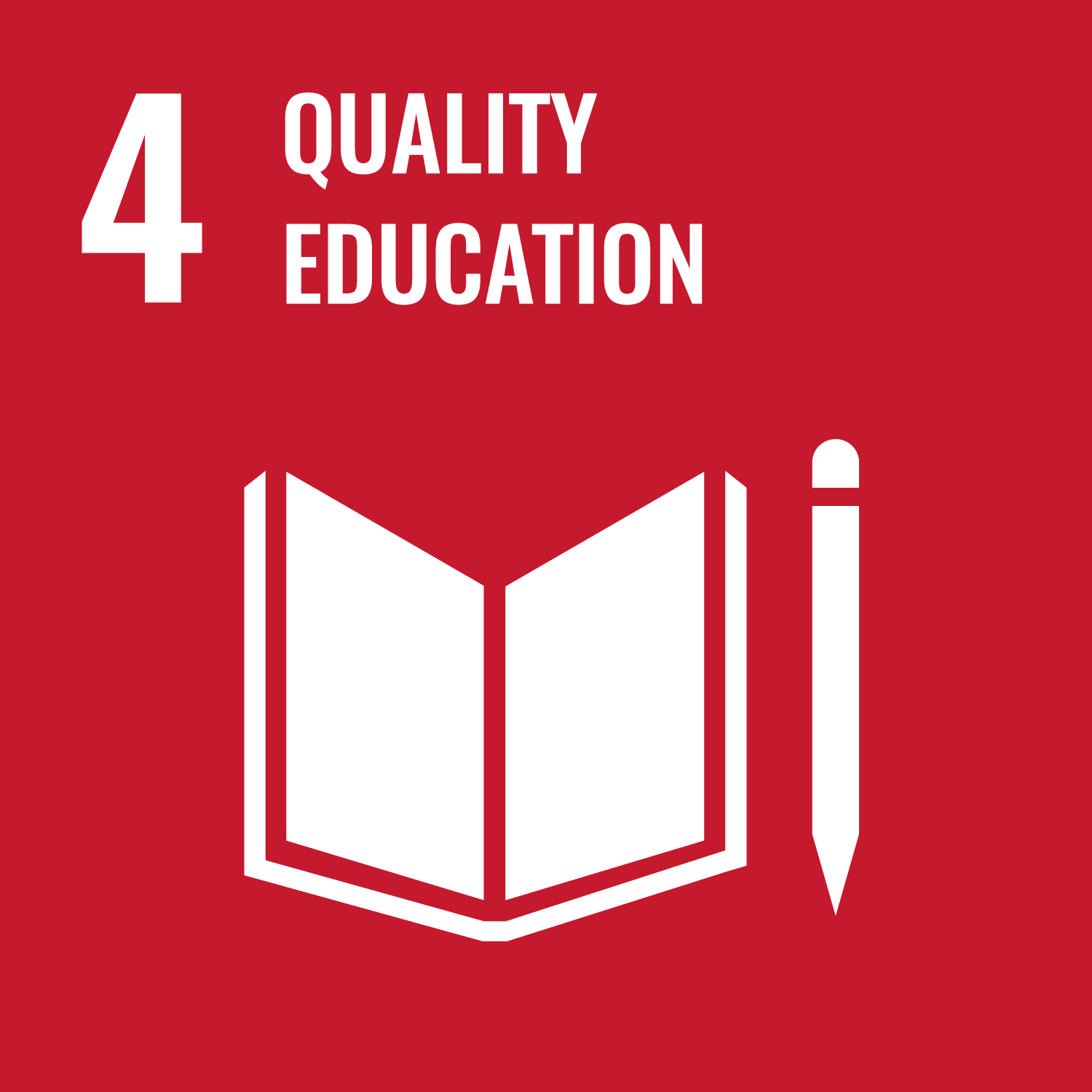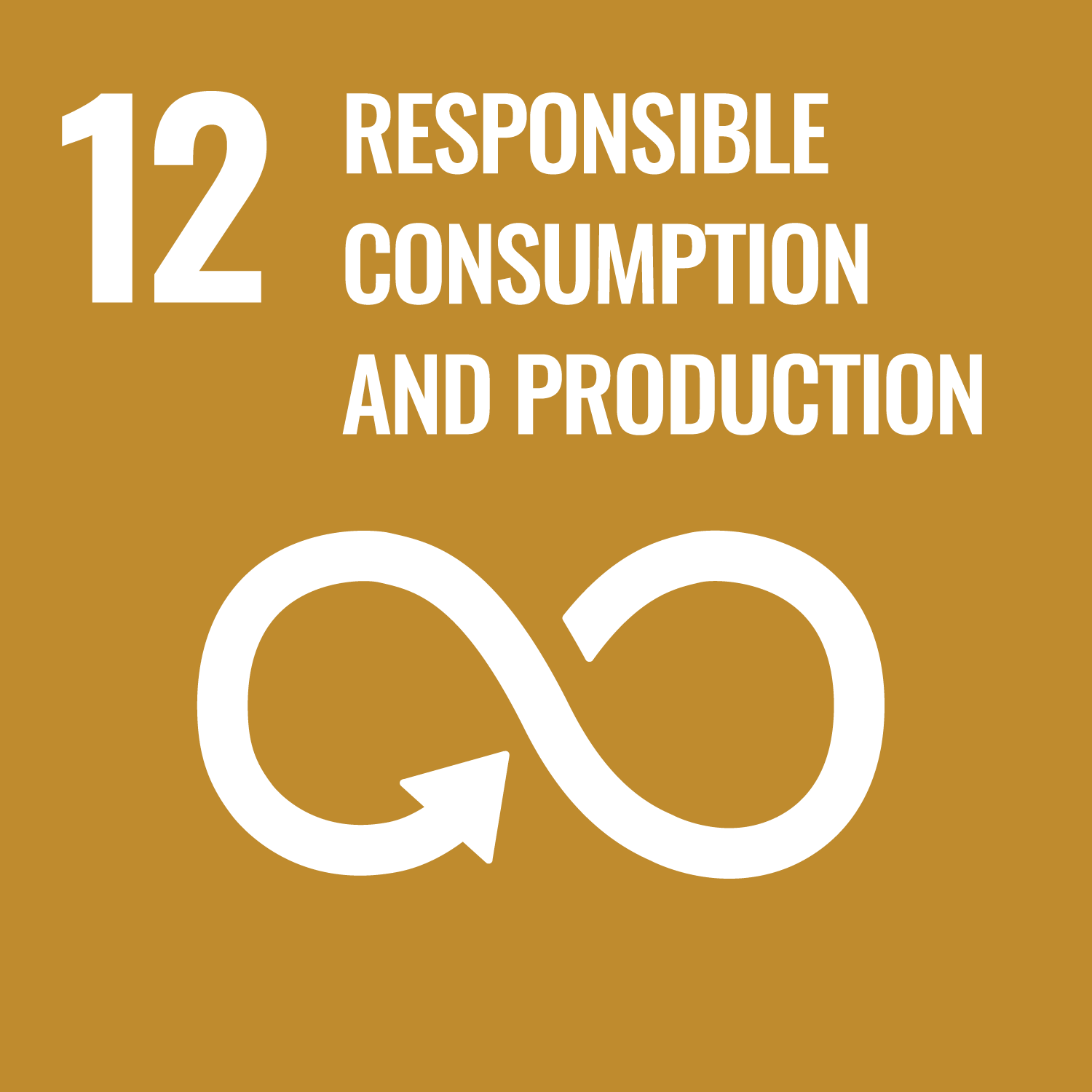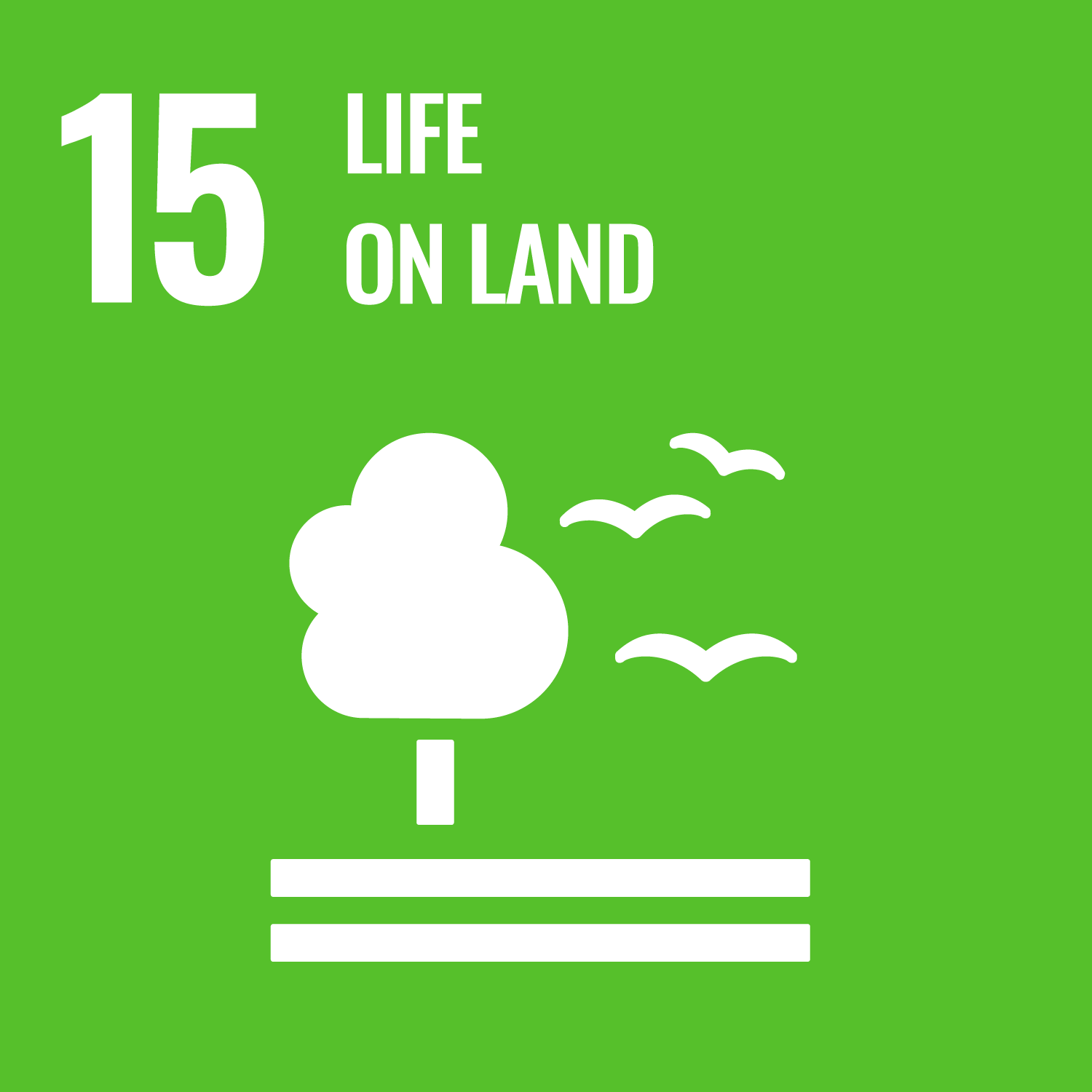
Leveraging on our presence in Togo we are Restoring a mangrove habitat supporting livelihoods and increasing biodiversity
Location: Togo
Start Date: 2024
Project Type: Mangrove Reforestation
Emissions Removed per year: 30,000 tCO2e
Area: 3000 ha
Crediting Standard:
ID: coming soon
SDGs:
Overview
Located in the Gulf of Guinea, the coastal region of Benin and Togo is in danger from multiple causes of deforestation.
The projects aims to plant an initial 3,000 ha of mangroves by 2025.
The project will protect and restore habitat for vulnerable species such as the African Manatee.
Carbon Integrity Check
-
The project is verified by Gold Standard, one of the most respected standards in the world and audited by verification and validation bodies.
-
The project was solely created for the capture of carbon dioxide and the only revenue is the sale of VERs, therefore there are no additionality concerns.
-
The mangroves will be managed professionally for 40 years after which they will grow naturally eventually turning into a self sustaining marine ecosystem.
-
Leakage issues do not apply to this type of project.
-
For the certification process we use both samples from the mangrove forest and satellite monitoring to determine credit issuance eliminating the risk of over crediting.
-
The project does not cause any issues with competing land use but benefits local communities by providing additional income from initiatives such as fish farms.
Climate
The surface area of West African mangroves has shrunk 30% in the last 25 years
The increase in human population and activities in the area - mainly demand for wood - have resulted in overexploitation of the mangrove with negative impacts on the ecosystem.
Community
The project introduces income-generating activities and reduces poverty among the country's vulnerable coastal communities:
New jobs in training community groups in mangrove restoration
Value-added livelihoods and new revenue streams
Protecting people in the project area from extreme weather events like massive beach erosion and floods
Helps the villagers with food security and increases the average income of small-scale food producers.
At least 50% of project will employees are women.
Biodiversity
Mangrove forests are biodiverse habitats of great ecological significance:
Mangrove ecosystems serve as nurseries for fish, marine life and tropical birds, crocodile species, and West African Manatee.
Mangrove roots act as a filtration system and capture silt preventing siltation in seagrass meadows.
Mangrove forests decrease the danger of erosion and salt intrusion.
Mangrove reforestation reduces the impacts of storms and storm surges thereby reducing loss of lives and property damage
The IUCN Red List is a critical indicator of the health of the world’s biodiversity.
Far more than a list of species and their status, it is a powerful tool to inform and catalyse actions for biodiversity conservation and policy change, critical to protecting the natural resources we need to survive.
It provides information about range, population size, habitat and ecology, use and/or trade, threats, and conservation actions that will help inform necessary conservation decisions.
In Togo and Benin in water and wetlands these are the most critically endangered species:
bull shark
slender snouted crocodile
african spurred tortoise
african manatee























